Retro Replay Review
Gameplay
Titanic: Challenge of Discovery delivers a methodical strategy and simulation experience where every decision carries weight. You begin each expedition by allocating a tight budget toward crew recruitment, specialized equipment like towed sonar arrays, and robust remote-operated vehicles (ROVs). Balancing these resources against the pressing timeline forces you to plan meticulously—overspend early, and you might run out of funds before reaching the Titanic; underspend, and you risk missing critical clues.
Research plays a pivotal role in each mission. Before setting sail to locate the Roman galley Isis, the German battleship Bismarck, or the RMS Titanic, you must sift through historical accounts, legends, and prior survey data to narrow down probable search zones. This educational element adds depth, rewarding players who take the time to study old maps and crew logs. Once on site, you switch from high-level strategy to hands-on exploration, monitoring sonar returns on control panels and deploying submersibles in a first-person sim environment.
The heart of the gameplay loop revolves around interpreting sonar pings, navigating treacherous currents, and excavating artifacts without damaging them—or your gear. Crew members possess hidden stats such as technical skill, endurance, and morale, which influence how quickly tasks are completed and the likelihood of mishaps. Poor weather and rough seas introduce an element of unpredictability, forcing you to adapt plans on the fly and keep your team motivated under challenging conditions.
Complex as it is, the interface remains relatively accessible, with each control panel clearly labeled for sonar operation, ROV management, and crew status. However, players should expect a learning curve: mastering sonar trace interpretation and submersible piloting demands patience. If you relish detailed simulation and strategic resource juggling, the gameplay provides a rewarding, if deliberate, pace.
Graphics
For its era, Titanic: Challenge of Discovery offers surprisingly immersive 3-D graphics that faithfully recreate the dark, pressure-packed world of the ocean floor. The rendered seabed, strewn with wreckage shards and mysterious rock formations, effectively conveys the weight of undersea archaeology. Toggled lighting effects from your ROV’s floodlamps cut through inky blackness, highlighting details like barnacle-covered hulls or twisted metal.
The game’s control panels and ship systems are presented in crisp, functional detail. While the UI leans toward utilitarian design—favoring clarity over flash—it reinforces the simulation’s authenticity. Buttons, gauges, and readouts look and feel like genuine maritime survey equipment, immersing players in the role of expedition leader. Occasional pop-up windows for crew stats and budget breakdowns are straightforward, though frequent menu switching can momentarily break immersion.
Submersible sequences stand out as the graphical highlight. Piloting the Jason ROV or the larger Discovery sub in first-person view adds a cinematic dimension to the searches. The water column’s murkiness, coupled with subtle particulate effects, conveys depth and pressure convincingly. On the downside, draw distances can feel limited, making wide-area survey frustrating if you’re scanning for dispersed debris fields.
Story
At its core, Titanic: Challenge of Discovery isn’t a narrative-driven adventure, but it weaves historical context into each mission. Briefings introduce you to the storied past of the Roman galley Isis, whose cargo hints at trade routes of antiquity, and the Bismarck, a behemoth of WWII naval engineering. These segments ground the gameplay in real-world intrigue, offering a crash course in maritime history alongside your strategic tasks.
The game’s evocative mission introductions and in-depth archive entries deliver much of the storytelling. As you assemble clues—ancient amphorae near Isis or torpedo fragments around Bismarck—you gain an appreciation for the tragedies and triumphs that defined each wreck’s legacy. Discovering the Titanic in its final resting place carries particular weight, with haunting descriptions of the infamous liner’s broken hull and faded personal artifacts.
Though character development is minimal, crew members occasionally share snippets of backstory during downtime, hinting at motivations for joining daring undersea endeavors. These moments, while brief, humanize the expedition beyond mere numbers on a spreadsheet. If you’re seeking a novel-like storyline, this game may feel sparse, but history buffs will relish piecing together factual narratives as they unearth tangible remnants of the past.
Overall Experience
Titanic: Challenge of Discovery stands out as a niche yet rewarding title for players fascinated by marine archaeology and simulation gaming. Its blend of strategic budgeting, crew management, and hands-on exploration offers a depth rarely seen in educational strategy titles. Each successful excavation brings a genuine sense of accomplishment, amplified by the game’s commitment to historical accuracy and procedural detail.
Patience is essential. The deliberate pacing—spent poring over sonar traces or waiting for favorable sea conditions—may test the resolve of action-oriented gamers. Yet this same pace fosters immersion, making each discovered relic feel like a true archaeological breakthrough. Minor interface clunkiness and occasional graphical limitations pale in comparison to the richness of the core experience.
Ultimately, Titanic: Challenge of Discovery delivers a thoughtful, informative journey to the ocean’s depths. Its appeal lies in meticulous planning, educational insights, and the thrill of unearthing long-lost treasures. For enthusiasts of simulation strategy and maritime history, this game provides a uniquely captivating expedition. Casual players, however, should be prepared for a relaxed, methodical challenge rather than an adrenaline-fueled adventure.
 Retro Replay Retro Replay gaming reviews, news, emulation, geek stuff and more!
Retro Replay Retro Replay gaming reviews, news, emulation, geek stuff and more!

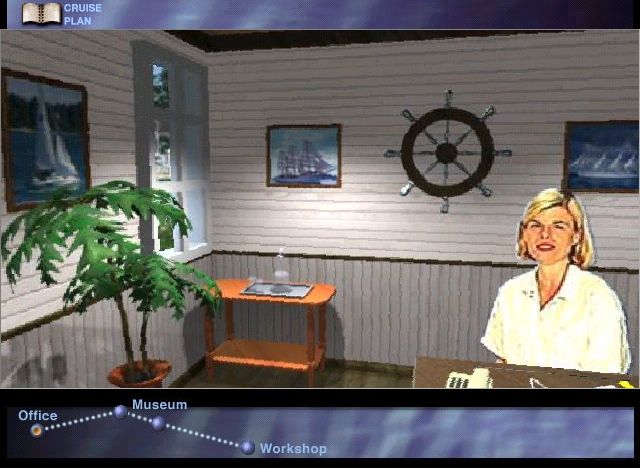
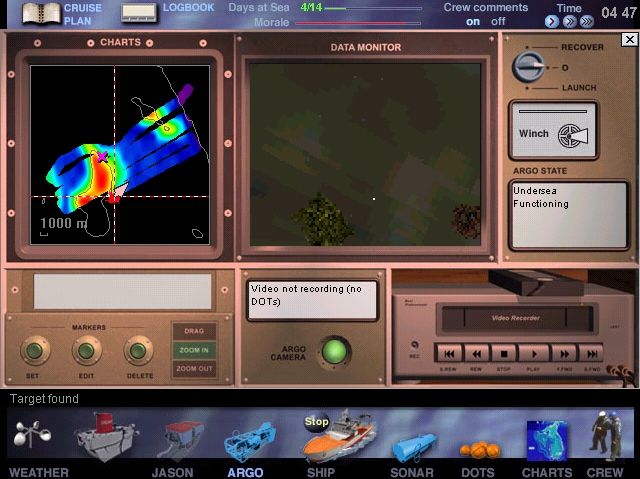
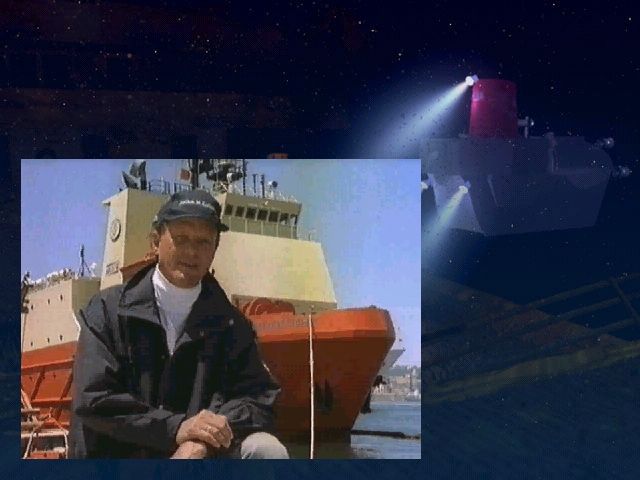
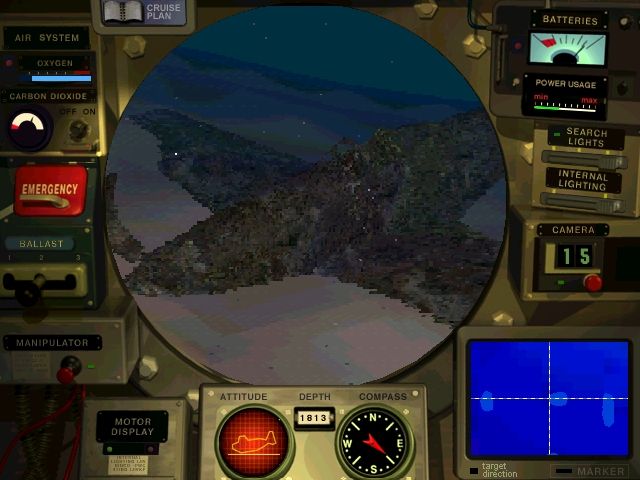
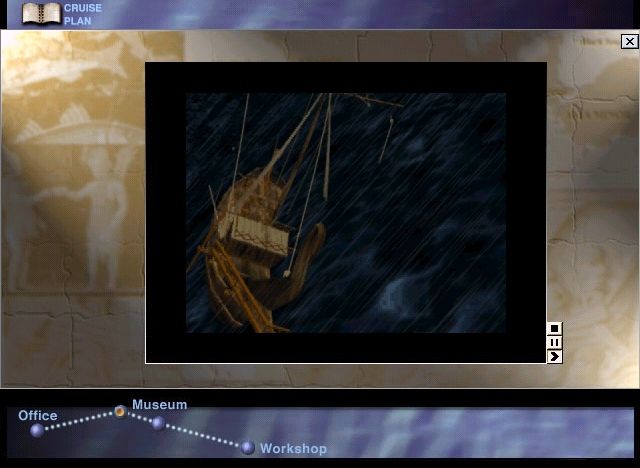



Reviews
There are no reviews yet.